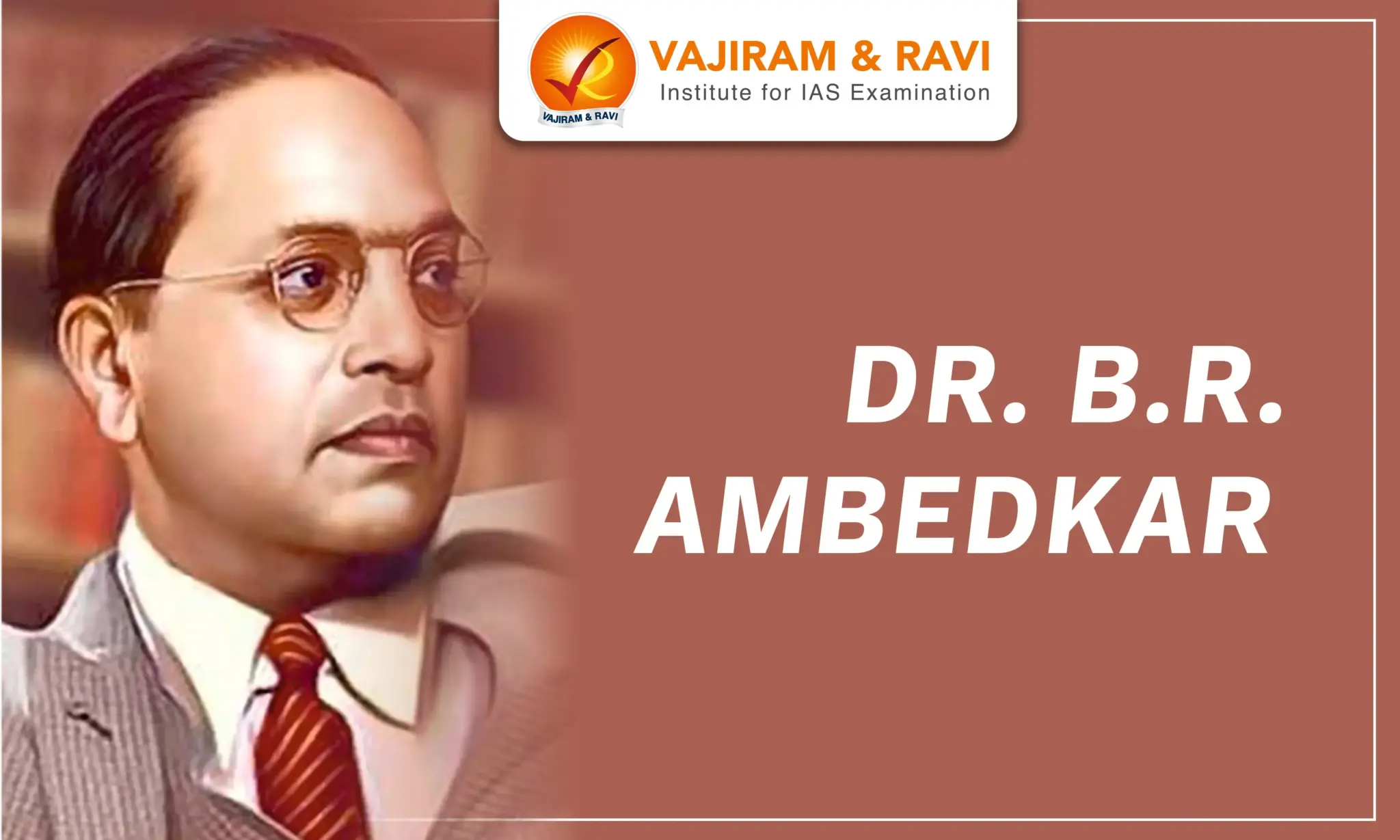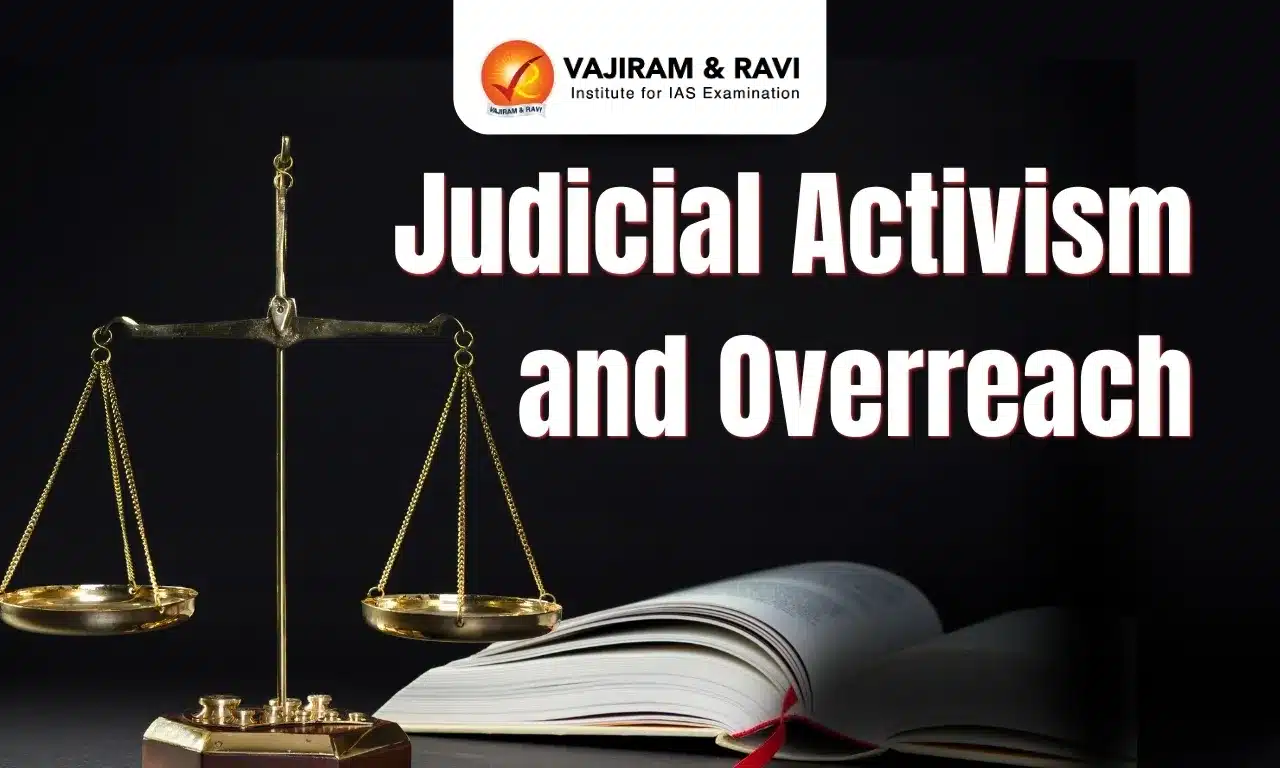The Parthian Empire (247 BCE–224 CE) was a major power connecting the Mediterranean in the west to India and China in the east. The Indo-Parthians (or Indo-Scythians) were a branch of the Parthian dynasty that established a kingdom in the Indian subcontinent, primarily in Gandhara (modern northern Pakistan and eastern Afghanistan) and parts of northwestern India, from the 1st century BCE to the 1st century CE.
Although distinct from the main Parthian Empire, they were part of the Arsacid dynasty. The Indo-Parthian Kingdom, founded by Gondophares, had capitals in Taxila, Kabul, and Peshawar.
About Parthians
The Parthians, through their Indo-Parthian Kingdom, played a crucial role in the historical development of northern and northwestern India during the early centuries CE. Their presence bridged the gap between the Iranian plateau and the Indian subcontinent, influencing the political, cultural, and economic dynamics of the region.
- Founder: The Parthian Empire was founded by Arsaces I after rebelling against the Seleucid Empire.
- Gondophares’ conquests: Around 20–10 BCE, Gondophares consolidated power in areas like Arachosia, Seistan, Sindh, Punjab, and the Kabul valley.
- Fragmentation: Post Gondophares I’s death, the kingdom fragmented. Successors like Gondophares II (Sarpedones) and Orthagnes (Gondophares III Gudana) failed to restore their earlier prominence.
- Kushan takeover: By the mid-1st century CE, the Kushan Empire, under Kujula Kadphises, absorbed much of the Indo-Parthian territory.
Gondophares Founder of the Indo-Parthian Kingdom
He is known as Gudaphara or Guduvhara in various inscriptions, his name means "May he find glory." He also adopted the Greek title Autokrator (self-ruler).
- Independent rule: He broke away from Parthian authority and ruled over Drangiana, Arachosia, and Gandhara. His coins featured Greek and Kharosthi inscriptions, symbolizing a blend of influences.
- Historical mentions:
- Acts of Thomas: Describes Saint Thomas’ interactions with Gondophares.
- Takht-i-Bahi Inscription: Confirms his reign around 46 AD.
- Life of Apollonius of Tyana: Mentions a king in Taxila, possibly Gondophares, during Apollonius' visit.
- Succession: Gondophares was succeeded by his nephew Abdagases I in Gandhara and by Orthagnes (Gondophares III) in other territories.
- Successor rulers: Gondophares II Sarpedones, Abdagases I, Gondophares III Gudana (Orthagnes), Gondophares IV Sases, Ubouzanes, Pacores.
Contributions of Parthians
The Parthians, particularly through their Indo-Parthian Kingdom, played a significant role in shaping the cultural, political, and economic landscape of the Indian subcontinent during their reign. Following are the key aspects of their contributions and influence:
| Religious influence |
- Zoroastrianism: Likely the primary faith of the Indo-Parthians, evidenced by the Jandial Temple. - Religious tolerance: Coins of Gondophares featured Shiva, reflecting inclusivity and regional adaptation. |
| Art and Architecture |
- Artistic fusion: Indo-Parthian art integrated Greek, Persian, and Indian styles.
- Buddhist sculptures: Finds from Sirkap reveal advanced Greco-Buddhist art predating the Kushans, depicting Buddhas, Bodhisattvas, and Hellenistic gods. - Distinctive dress: Indo-Parthian figures are often depicted in short, crossover jackets adorned with rings or medals, paired with baggy trousers. |
| Coinage and Significance | - Features: Indo-Parthian coins depicted rulers on horseback (obverse) and Shiva with a trident (reverse). |
| Other |
- The Takht-i-Bahi Buddhist Monastery (Pakistan) highlights their architectural patronage. - The Jandial Temple near Taxila is interpreted as a Zoroastrian fire temple. - Periplus of the Erythraean Sea: A 1st-century maritime guide mentioning Parthian kings in Sindh, highlighting regional conflicts. - Foreign descriptions: Chinese explorer Zhang Qian depicted Parthia as an advanced urban civilisation and a key player in the Silk Road trade, connecting India, China, and Rome. |
Parthians Decline
By the 3rd century CE, internal strife and external invasions hastened Parthia's decline. The eastern provinces faced incursions from the Kushan Empire, while Roman campaigns devastated western territories. In 224 CE, the Sasanian Empire, led by Ardashir I, overthrew the weakened Parthian regime, marking the end of a 500-year dynasty.
Last updated on November, 2025
→ Check out the latest UPSC Syllabus 2026 here.
→ Join Vajiram & Ravi’s Interview Guidance Programme for expert help to crack your final UPSC stage.
→ UPSC Mains Result 2025 is now out.
→ UPSC Notification 2026 is scheduled to be released on January 14, 2026.
→ UPSC Calendar 2026 is released on 15th May, 2025.
→ The UPSC Vacancy 2025 were released 1129, out of which 979 were for UPSC CSE and remaining 150 are for UPSC IFoS.
→ UPSC Prelims 2026 will be conducted on 24th May, 2026 & UPSC Mains 2026 will be conducted on 21st August 2026.
→ The UPSC Selection Process is of 3 stages-Prelims, Mains and Interview.
→ UPSC Result 2024 is released with latest UPSC Marksheet 2024. Check Now!
→ UPSC Prelims Result 2025 is out now for the CSE held on 25 May 2025.
→ UPSC Toppers List 2024 is released now. Shakti Dubey is UPSC AIR 1 2024 Topper.
→ UPSC Prelims Question Paper 2025 and Unofficial Prelims Answer Key 2025 are available now.
→ UPSC Mains Question Paper 2025 is out for Essay, GS 1, 2, 3 & GS 4.
→ UPSC Mains Indian Language Question Paper 2025 is now out.
→ UPSC Mains Optional Question Paper 2025 is now out.
→ Also check Best IAS Coaching in Delhi
Parthians FAQs
Q1. Who were the Parthians in India?+
Q2. What is Parthia called today?+
Q3. Who was the founder of the Parthians?+
Q4. Who are the Parthians and Medes?+
Q5. Who destroyed the Parthians in India?+

















